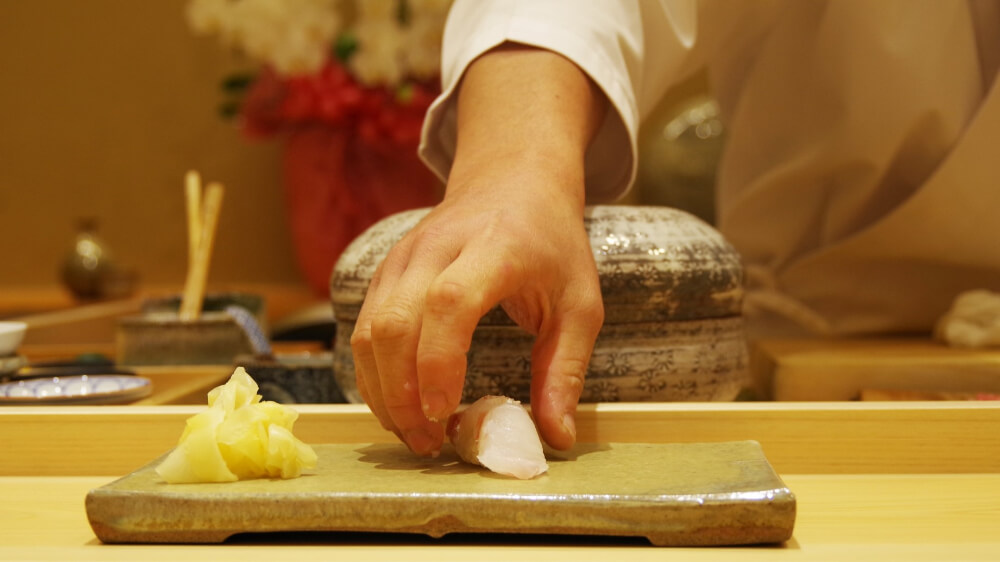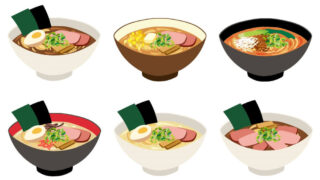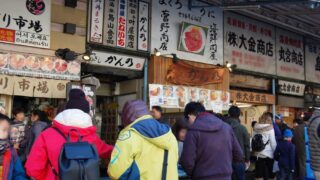You might know Japan’s famous foods, but are you familiar with Tokyo’s specialities? As the capital that has flourished for centuries, Tokyo offers a diverse culinary experience, from traditional dishes to trending modern delights. In this article, we’ll introduce you to the must-try speciality foods you shouldn’t miss when visiting Tokyo!
Traditional Tokyo Food Specialities
Edo-mae Sushi
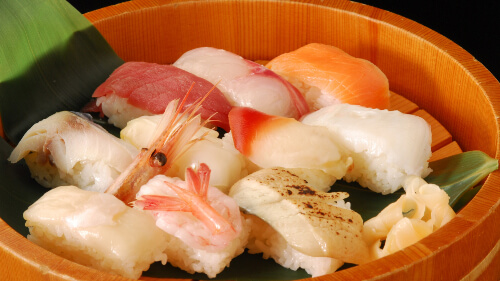
Sushi is a well-known Japanese dish, but each region has its unique style, and in Tokyo, traditional sushi is known as “Edo-mae Sushi.” Unlike the traditional sushi of Kansai region, which is preserved in vinegar or salt, Edo-mae Sushi is made with fresh fish and vinegared rice, prepared and eaten right away. The fish used primarily comes from Tokyo Bay, with tuna and anago (conger eel) being particularly delicious. A notable difference from other regions is the frequent use of “red vinegar,” which has a richer umami flavour. Ginza and Tsukiji areas are home to many top-notch Edo-mae Sushi restaurants.
Soba
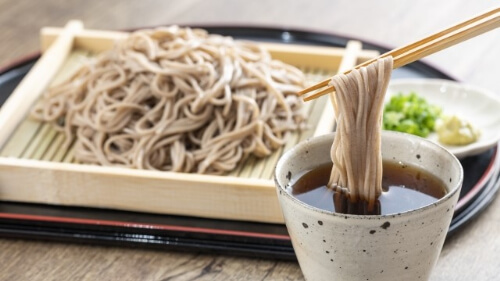
Tokyo is famous for its “Yabu Soba,” considered one of Japan’s three major soba varieties. Made using the whole buckwheat kernel, this soba has a rich aroma and is typically pale green or brown. The way to eat soba in Tokyo is to dip some noodles into a strong soy-based broth.
Tempura
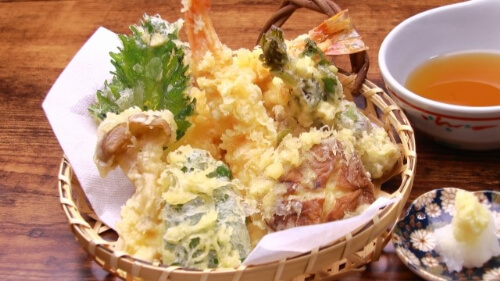
Tempura, originally introduced from Portugal as “filetes,” has evolved uniquely in Japan and is one of the top three Tokyo’s delicacies alongside sushi and soba. Tempura varies by region, and in Tokyo, tempura is known for its crispy batter and seafood ingredients like shrimp and hamo (pike conger). In the Asakusa area, you can enjoy traditional tempura deep-fried in sesame oil, giving it a rich, golden colour.
Unagi (Eel)
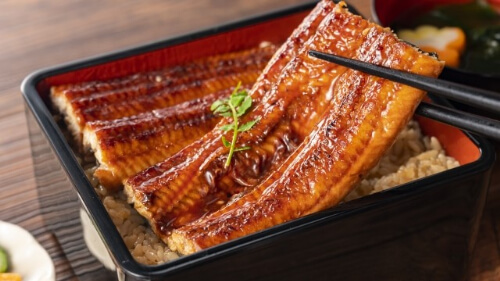
Tokyo takes great pride in its eel dishes for its quality. While eel is enjoyed throughout Japan, the cooking method varies by region. In Tokyo, the eel is first steamed, then dipped in a rich soy-based sauce, and grilled over charcoal. The eastern part of Tokyo is home to numerous high-quality eel restaurants.
Anmitsu / Mitsumame
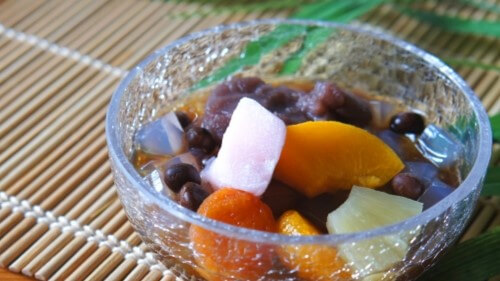
Anmitsu is a traditional Japanese dessert (wagashi) made with agar jelly, sweet red bean paste, red peas, fruits, and topped with sweet syrup. Originating in Tokyo, you can still savour this treat at traditional tea houses in eastern Tokyo such as Asakusa and Ginza.
Local Food Specialities
Monjayaki
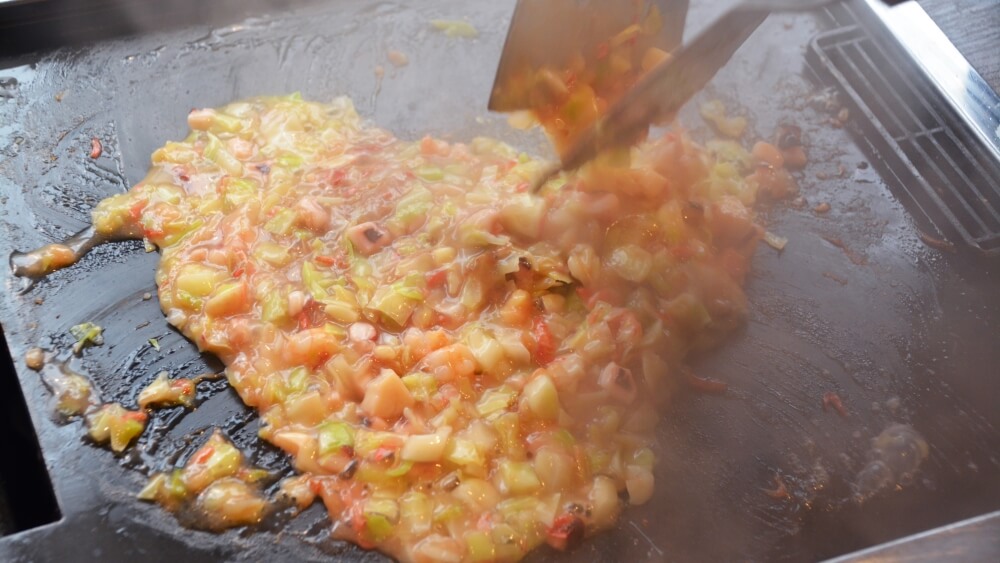
Monjayaki is a speciality of Tsukishima, a downtown area of Tokyo. This dish consists of a batter made from flour and water, mixed with cabbage and various toppings, then cooked on a hot griddle. Popular as a drinking snack, Monjayaki toppings vary widely, including meats, seafood, mentaiko (spicy cod roe), mochi (rice cake) and more. It’s a staple at okonomiyaki restaurants in Tokyo.
Fukagawa-meshi
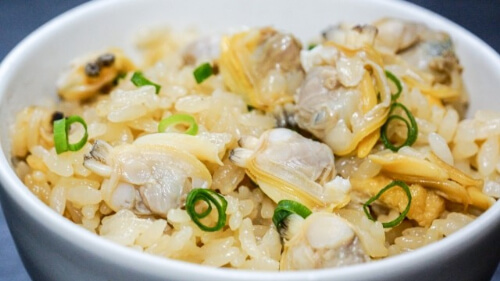
Fukagawa-meshi is a traditional dish from the historical Fukagawa area around Monzen-nakacho and Kiyosumi-shirakawa Stations. There are two styles: one where clams are cooked with rice, and another where clams are served over plain rice with a clam-based broth.
Dojo-nabe

Dojo-nabe is a hot pot dish made with loach simmered in a sweet and savoury broth, enjoyed with green onions. A variation called Yanagawa-nabe adds a beaten egg. Loach is a fish similar to eel, popular in Tokyo’s old downtown districts such as Asakusa.
Chanko-nabe
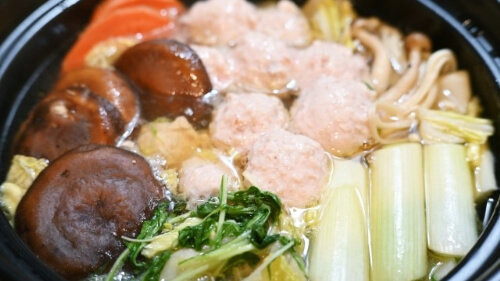
Known as the meal of sumo wrestlers, chanko-nabe is a hearty hot pot filled with various vegetables and meats. There are no strict rules for ingredients or broth, allowing for a wide range of flavours. The Ryogoku area, home to Tokyo’s sumo stadium, boasts many delicious chanko-nabe restaurants.
Modern Tokyo Specialities
Tokyo Ramen
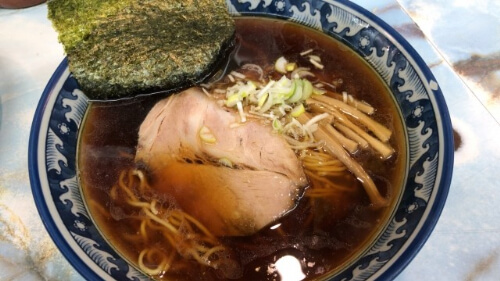
Ramen is another speciality food that varies widely across Japan. While you can find ramen from all over the country, Tokyo’s signature style is chicken broth soy-flavoured ramen. Its simple and light taste is something you’ll never tire of.
Japanese Crepes

Japanese crepes differ slightly from their French counterparts, featuring abundant fillings like fruits and cream, making the fillings the star of the desert. Harajuku, known for its fashion scene, is where Japanese crepes first gained popularity, and the area still has numerous crepe stands today.
Kaisendon (Seafood Bowl)
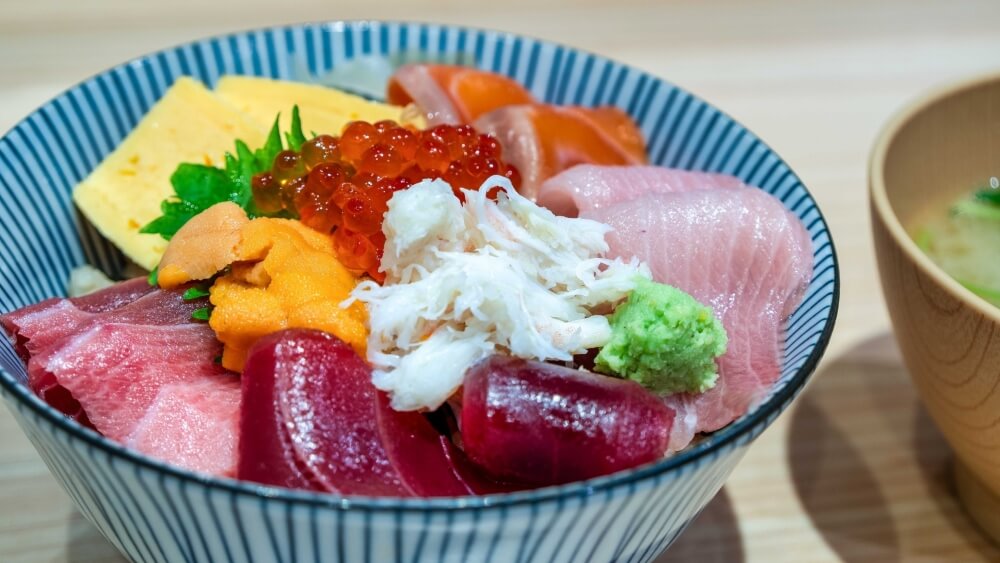
The outer market of Tsukiji, formerly home to Tokyo’s fish market, and the current market in Toyosu, are famous for the place to enjoy fresh seafood bowls. You can enjoy freshly caught seafood like tuna, anago (conger eel), and shrimp. These areas also offer a range of dining options, including restaurants serving authentic Edo-mae sushi, all-you-can-eat seafood restaurants, and street stalls selling seafood snacks.
When visiting Tokyo, don’t miss out on the “Edo Three” – Edo-mae Sushi, soba, and tempura. These dishes are popular throughout Japan, but there’s nothing like experiencing them in their birthplace. Also, take the time to explore Tokyo’s local neighbourhoods for specialties like Monjayaki and Fukagawa-meshi. Tokyo is a city where you can enjoy the highest quality cuisine from all over Japan.
